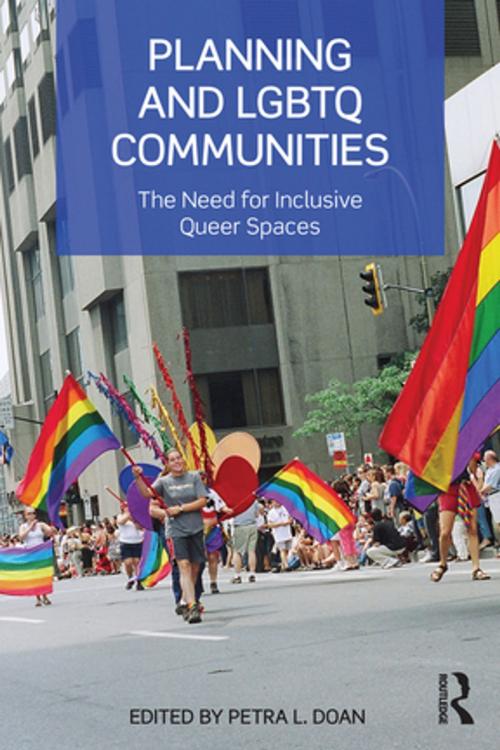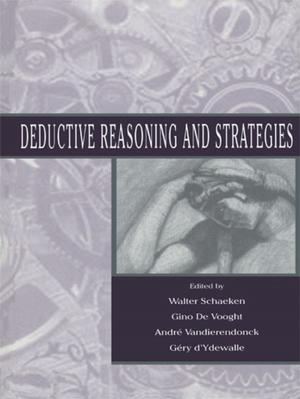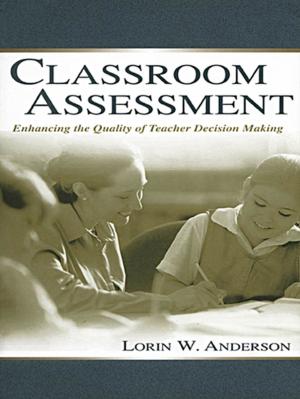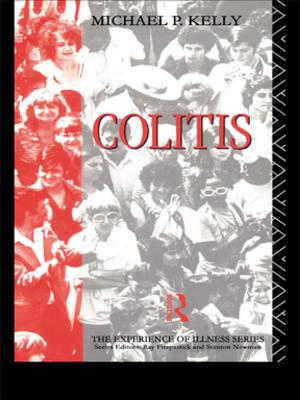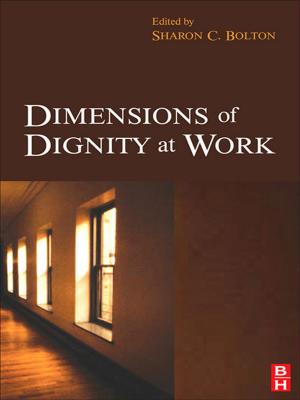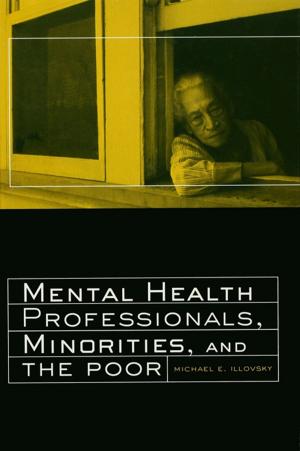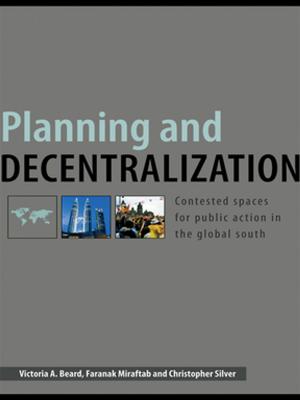Planning and LGBTQ Communities
The Need for Inclusive Queer Spaces
Nonfiction, Art & Architecture, Architecture, Landscape, Social & Cultural Studies, Political Science, Politics, City Planning & Urban Development| Author: | ISBN: | 9781317631026 | |
| Publisher: | Taylor and Francis | Publication: | March 24, 2015 |
| Imprint: | Routledge | Language: | English |
| Author: | |
| ISBN: | 9781317631026 |
| Publisher: | Taylor and Francis |
| Publication: | March 24, 2015 |
| Imprint: | Routledge |
| Language: | English |
Although the last decade has seen steady progress towards wider acceptance of lesbian, gay, bisexual, transgendered, and queer (LGBTQ) individuals, LGBTQ residential and commercial areas have come under increasing pressure from gentrification and redevelopment initiatives. As a result many of these neighborhoods are losing their special character as safe havens for sexual and gender minorities. Urban planners and municipal officials have sometimes ignored the transformation of these neighborhoods and at other times been complicit in these changes.
Planning and LGBTQ Communities brings together experienced planners, administrators, and researchers in the fields of planning and geography to reflect on the evolution of urban neighborhoods in which LGBTQ populations live, work, and play. The authors examine a variety of LGBTQ residential and commercial areas to highlight policy and planning links to the development of these neighborhoods. Each chapter explores a particular urban context and asks how the field of planning has enabled, facilitated, and/or neglected the specialized and diverse needs of the LGBTQ population.
A central theme of this book is that urban planners need to think "beyond queer space" because LGBTQ populations are more diverse and dispersed than the white gay male populations that created many of the most visible gayborhoods. The authors provide practical guidance for cities and citizens seeking to strengthen neighborhoods that have an explicit LGBTQ focus as well as other areas that are LGBTQ-friendly. They also encourage broader awareness of the needs of this marginalized population and the need to establish more formal linkages between municipal government and a range of LGBTQ groups. Planning and LGBTQ Communities also adds useful material for graduate level courses in planning theory, urban and regional theory, planning for multicultural cities, urban geography, and geographies of gender and sexuality.
Although the last decade has seen steady progress towards wider acceptance of lesbian, gay, bisexual, transgendered, and queer (LGBTQ) individuals, LGBTQ residential and commercial areas have come under increasing pressure from gentrification and redevelopment initiatives. As a result many of these neighborhoods are losing their special character as safe havens for sexual and gender minorities. Urban planners and municipal officials have sometimes ignored the transformation of these neighborhoods and at other times been complicit in these changes.
Planning and LGBTQ Communities brings together experienced planners, administrators, and researchers in the fields of planning and geography to reflect on the evolution of urban neighborhoods in which LGBTQ populations live, work, and play. The authors examine a variety of LGBTQ residential and commercial areas to highlight policy and planning links to the development of these neighborhoods. Each chapter explores a particular urban context and asks how the field of planning has enabled, facilitated, and/or neglected the specialized and diverse needs of the LGBTQ population.
A central theme of this book is that urban planners need to think "beyond queer space" because LGBTQ populations are more diverse and dispersed than the white gay male populations that created many of the most visible gayborhoods. The authors provide practical guidance for cities and citizens seeking to strengthen neighborhoods that have an explicit LGBTQ focus as well as other areas that are LGBTQ-friendly. They also encourage broader awareness of the needs of this marginalized population and the need to establish more formal linkages between municipal government and a range of LGBTQ groups. Planning and LGBTQ Communities also adds useful material for graduate level courses in planning theory, urban and regional theory, planning for multicultural cities, urban geography, and geographies of gender and sexuality.
